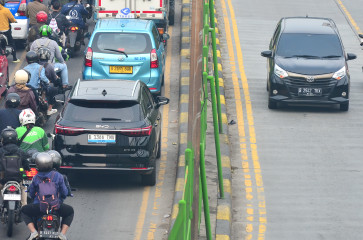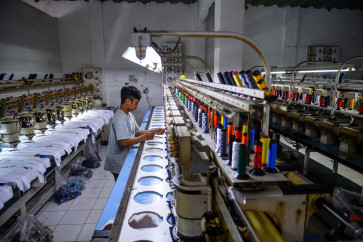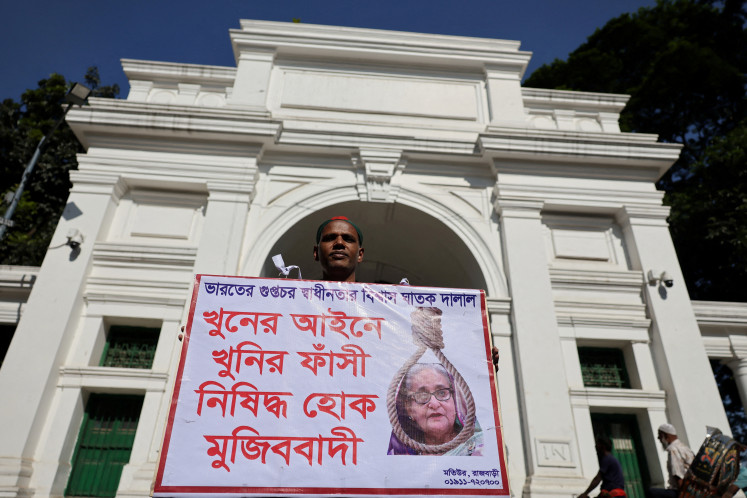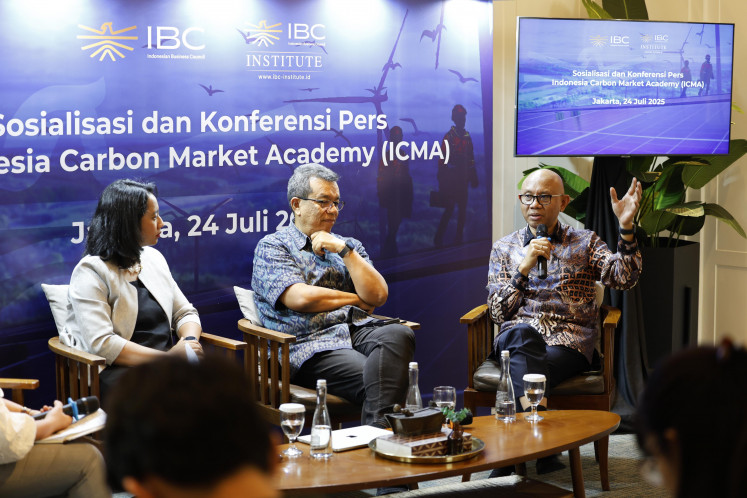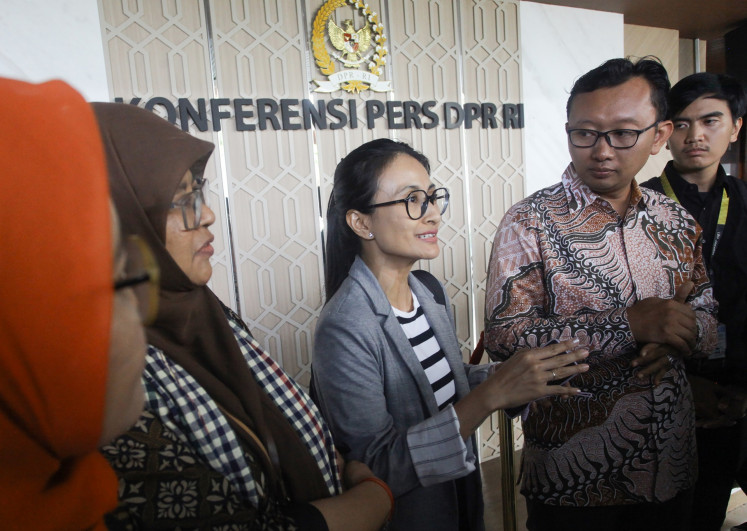Popular Reads
Top Results
Can't find what you're looking for?
View all search resultsPopular Reads
Top Results
Can't find what you're looking for?
View all search resultsFrom inequity to action: Eliminating cervical cancer in the Western Pacific
Across the region, countries are showing it is possible to overcome barriers by adapting innovations to local contexts.
Change text size
Gift Premium Articles
to Anyone
I
n some corners of the Western Pacific, cervical cancer is becoming a disease of the past. But in others, it continues to claim lives, silently and needlessly.
Earlier this month, leaders from across the region and the world gathered in Indonesia to chart a course for eliminating cervical cancer. The Cervical Cancer Elimination Forum comes at a pivotal moment for our region – progress is possible, but only if we act urgently and collectively.
In 2022, the Western Pacific accounted for over a quarter of the global burden of cervical cancer. High-income countries like Australia began rolling out a vaccine that prevents the disease over a decade ago, but in lower-income countries, access to vaccines, screening and treatment remains limited. In Pacific Island countries, small populations, stretched health systems and geographic isolation make care even harder to deliver.
Cervical cancer is devastating. It often shows no signs until it is too late, and then brings pain, bleeding and deep suffering. When detected early, it is curable – but treatment is costly, and many families are left grieving, financially overwhelmed or both. Eliminating cervical cancer is not only a public health priority – it is a matter of justice.
To succeed, we need solutions tailored to the Western Pacific’s diversity – strategies grounded in the specific realities of each community across our 38 countries and areas. That is the approach behind the WHO Western Pacific Regional Office’s Strategic Framework for Comprehensive Prevention and Control of Cervical Cancer (2023–2030), which guides countries toward global elimination targets while recognizing there is no one-size-fits-all solution.
Across the region, countries are showing it is possible to overcome barriers by adapting innovations to local contexts. Here are three promising examples.
HPV vaccines are the single most powerful tool we have to prevent cervical cancer. By protecting girls before they are exposed to human papillomavirus, HPV vaccines prevent nearly all cases of cervical cancer later in life.
In 2022, the WHO recommended a single-dose HPV vaccine schedule for adolescent girls and boys – instead of the traditional two-dose regimen. It is cost-efficient, easier to deliver and just as effective. In 2023, countries using a one-dose schedule increased coverage by 8 percent, reaching 6 million more girls.
I saw the impact of this remarkable vaccine firsthand as the minister of health in Tonga. We introduced the HPV vaccine in 2022 and adopted the single-dose schedule the following year. Other countries in the Western Pacific Region – including Laos and the Solomon Islands – are doing the same, with support from partners like Gavi and UNICEF.
Indonesia is a particularly bright example of effective immunization: free HPV vaccines for all girls aged 11-12 delivered through schools and communities, now following a one-dose schedule. By engaging religious leaders and teachers alongside health workers, they have achieved 89 percent coverage – proving that a tailored approach drives success.
At a time of tightening budgets, the single-dose approach helps countries stretch resources further – protecting more girls, faster. It is one of the smartest, most cost-effective investments we can make for our region’s future.
Early detection saves lives – but traditional screening programs are often difficult to scale, especially in remote communities.
Malaysia’s Program ROSE is taking an innovative approach to solve this challenge.
Initially led by the University of Malaya in collaboration with the Australian Centre for the Prevention of Cervical Cancer and other regional partners, Program ROSE (Removing Obstacles to Cervical Screening) pairs self-collected HPV sampling at local clinics with a digital health platform that shares results and connects women to care.
By bringing screening closer to women and making it more accessible, Program ROSE is showing what is possible when innovation meets local needs.
In the Pacific, access to treatment often requires expensive travel overseas. We are working to change that.
The Western Pacific Region’s (WPRO) strategic plan calls for regional treatment hubs, where visiting specialists can provide care closer to home. These hubs will reduce costs, strengthen local capacity and bring treatment within reach for more women – an approach uniquely suited to our geography.
Countries are also having success with mobile outreach. The Advancing Cervical Cancer Elimination in the Pacific (AdvanCE) program, led by the Kirby Institute UNSW Sydney, offers same-day treatment to women who test positive for HPV in seven Pacific Island countries. This locally-led effort brings together health workers, community leaders and policymakers to stop cervical cancer in its tracks – a powerful example of regional solidarity in action.
The WPRO is one of the world’s most diverse regions. What works in Australia may not work in Kiribati or Papua New Guinea. But our diversity is not a challenge – it is a strength. By learning from one another and acting in solidarity, we can ensure no country is left behind. We saw that spirit in action at the Cervical Cancer Elimination Forum.
We face a clear choice: accept widening disparities in cervical cancer outcomes or work together to build a future where every woman, no matter who she is or where she lives, has the chance to live a healthy life, free from cervical cancer.
---
The writer is World Health Organization regional director for the Western Pacific. The views expressed are personal.



